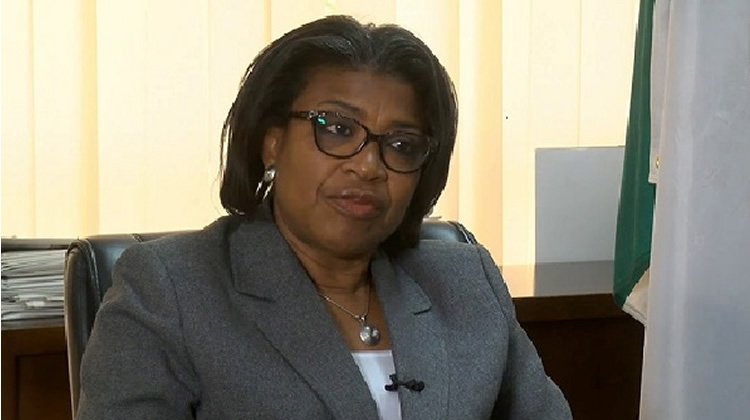
The Debt Management Office said on Tuesday that Nigeria’s total public debt stock increased to N41.60tn in the first quarter of 2022 from N39.56tn as of December 2021.
This shows an increase of N2.04tn within a period of three months.
The public debt stock covers the total domestic and external debt of the Federal Government and state governments and the Federal Capital Territory.
This was disclosed in a statement on Tuesday on the DMO’s website.
It read in part, “The total public debt stock as at March 31, 2022, was N41.60tn or $100.07bn, according to the Debt Management Office.
“The amount represents the domestic and external debt stocks of the Federal Government of Nigeria, the thirty-six state governments and the Federal Capital Territory. The comparative figures for December 31, 2021, were N39.56tn or $95.78bn.”
According to the DMO, the total public debt stock includes new domestic borrowing by the FGN to partly finance the deficit in the 2022 Appropriation Act, the $1.25bn Eurobond issued in March 2022 and disbursements by multilateral and bilateral lenders.
It added that there were also increases in the debt stock of the state governments and the FCT.
The DMO also said the total public debt to GDP is now 23.27 per cent, which is below Nigeria’s self-imposed limit of 40 per cent.
Reacting, the Chief Executive Officer, Centre for the Promotion of Private Enterprise, Dr. Muda Yusuf, said the rising debt profile of government raises serious sustainability concerns.
He said, “When we take account of borrowings from the CBN and the stock of AMCON debt, the debt profile would be in excess of N50tn. Although government tends to argue that the conditions was not a debt problem, but a revenue challenge. But the truth is that debt becomes a problem if the revenue base is not strong enough to service the debt sustainably.
“It invariably becomes a debt problem and possibly a debt crisis. Government actual revenue can hardly cover the recurrent budget, which implies that the entire capital budget and part of the recurrent expenditure are being funded from borrowing. This is surely not sustainable. As at November 2021, debt service to revenue ratio was 76 per cent. The situation had evidently worsened by now.
“What is needed is the political will to cut expenditure and undertake reforms that could scale down the size of the government, reduce governance cost and ease the fiscal burden on the government.”
According to him, it is important to ensure that the debt is used strictly to fund capital projects, especially infrastructure projects, that will strengthen the productive capacity of the economy.
He said, “This is the position of the Fiscal Responsibility Act. Additionally, emphasis should be on concessionary financing, as opposed to commercial debts which are typically very costly.”
Copyright PUNCH.
All rights reserved. This material, and other digital content on this website, may not be reproduced, published, broadcast, rewritten or redistributed in whole or in part without prior express written permission from PUNCH.
Contact: [email protected]




